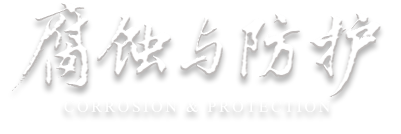Abstract:
The stress corrosion sensitivity of 25Cr2Ni2MoV, 26NiCrMoV10-10 and 30Cr2Ni4MoV low-pressure rotor steels in simulated nuclear steam turbine operation condition was investigated through slow strain rate test (SSRT). Fracture morphology, corrosion cracks and oxide films were analyzed by optical microscopy (OM), scanning electron microscopy (SEM) and energy dispersive spectroscopy (EDS), and the stress corrosion cracking (SCC) mechanism of common materials of steam turbine rotor steel were discussed. Results revealed that the SCC sensitivity of 25Cr2Ni2MoV steel was the highest in 180℃, 3.5% NaCl solution, while the SCC sensitivity of 26NiCrMoV10-10 and 30Cr2Ni4MoV rotor steel were similar. The SCC sensitivity of metal could be decreased by the increase of Ni and the decline of mechanical strength. No pit was discovered, and cracks initiated from metal surface because of the rupture of oxide film caused by dynamic strain and then propagated into the metal, which showed transgranular cracking.

 下载:
下载: